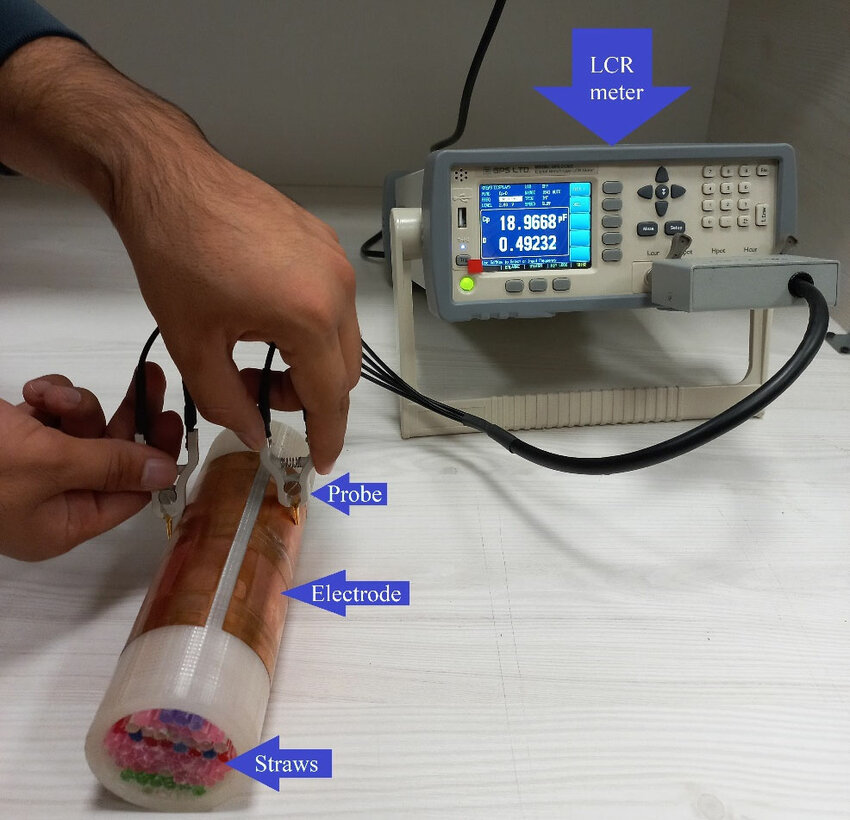LCR meters, or Inductance, Capacitance, and Resistance meters, play a crucial role in the field of electronic testing and measurement. These instruments are designed to measure the electrical properties of passive electronic components, helping engineers, technicians, and researchers ensure the quality and performance of various electronic devices. In this article, we will delve into the fundamentals of LCR meter technology, exploring how these devices work and their applications in different industries.
Introduction to LCR Meter
An LCR meter is a specialized electronic test instrument that measures the impedance of passive electronic components such as resistors, capacitors, and inductors. Impedance is a complex quantity that includes resistance, capacitance, and inductance, and it is essential for understanding how a component responds to alternating current (AC). LCR meters provide accurate measurements of these parameters, allowing engineers to characterize and analyze electronic components with precision.
Working Principles
The basic operation of an LCR meter involves applying an AC signal to the component under test and then measuring the response of the component. The meter generates a sinusoidal signal across a range of frequencies and measures the resulting voltage and current. By analyzing the phase shift and amplitude difference between the voltage and current waveforms, the LCR meter can determine the impedance and, consequently, the values of inductance, capacitance, and resistance.
Types of LCR Meters
There are various types of LCR meters available, ranging from handheld devices for quick measurements to benchtop models with advanced features. Some LCR meters use a bridge circuit to balance the impedance of the component under test, while others employ more modern techniques such as digital signal processing for faster and more accurate measurements. The choice of LCR meter depends on the specific requirements of the application and the level of precision needed.
Applications
LCR meters find widespread use in the electronics industry for testing and characterizing components during the design, manufacturing, and maintenance phases. These meters are essential for quality control in the production of electronic devices, ensuring that components meet specified tolerances and performance criteria. LCR meters are also valuable tools for research and development, helping engineers gain insights into the behavior of electronic components under different conditions.
Key Features and Considerations
When selecting an LCR meter, it is essential to consider factors such as measurement accuracy, frequency range, and handling capabilities. High-end LCR meters may offer additional features like automatic ranging, data logging, and connectivity options for integration into automated test systems. Understanding these key features ensures that the chosen LCR meter meets the specific requirements of the intended application.
Conclusion
In conclusion, LCR meters play a crucial role in the electronics industry by providing accurate measurements of inductance, capacitance, and resistance. Understanding the basics of LCR meter technology, including their working principles, types, applications, and key features, is essential for engineers and technicians working in fields where precise electronic component characterization is paramount. As technology continues to advance, LCR meters will likely evolve to meet the growing demands of the electronics industry, contributing to the development of innovative and reliable electronic devices.

